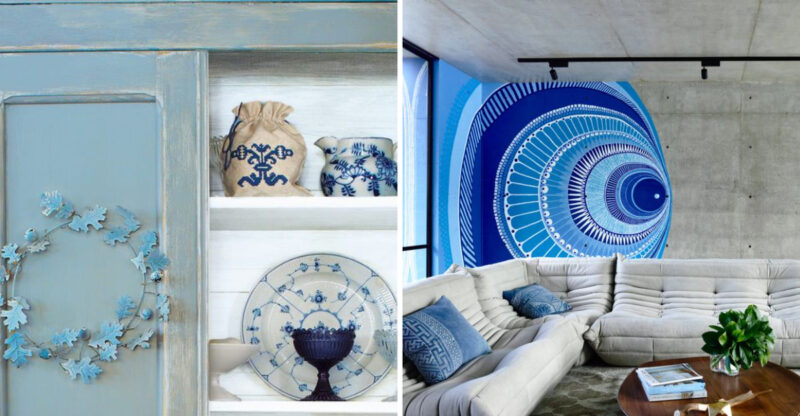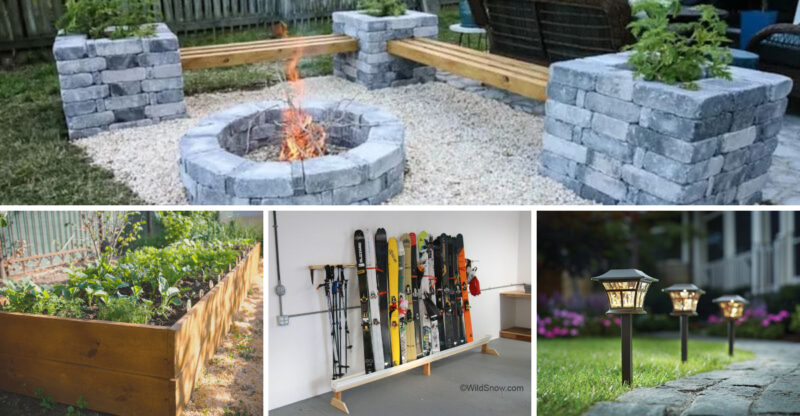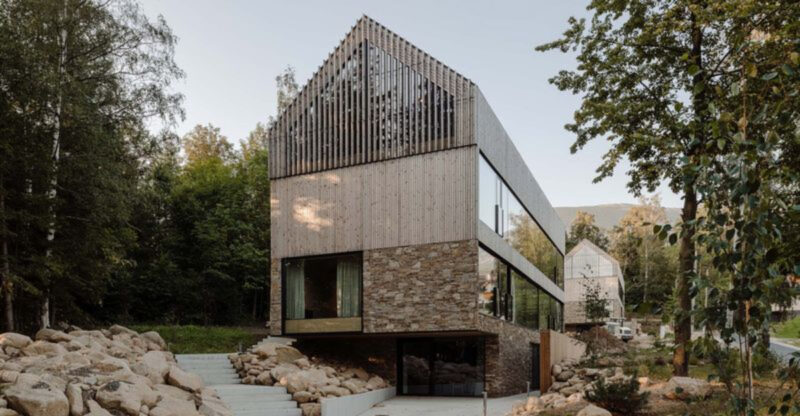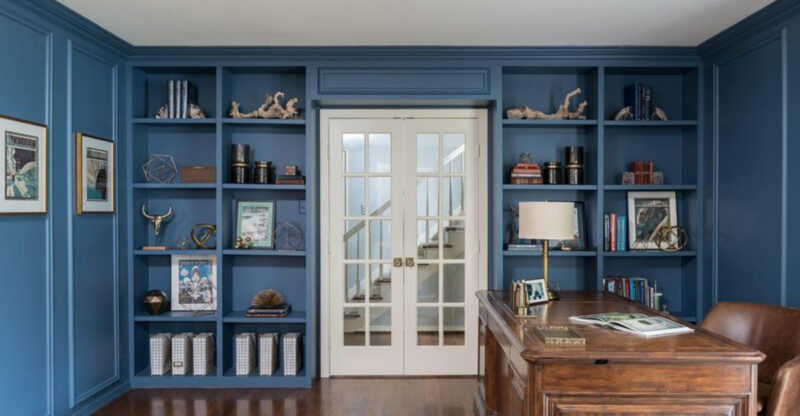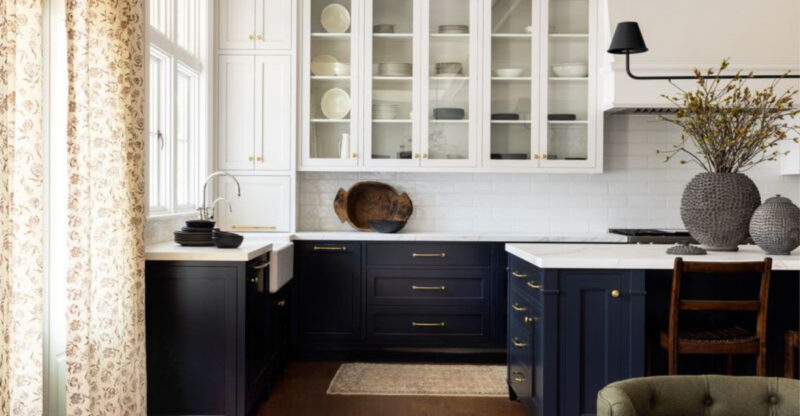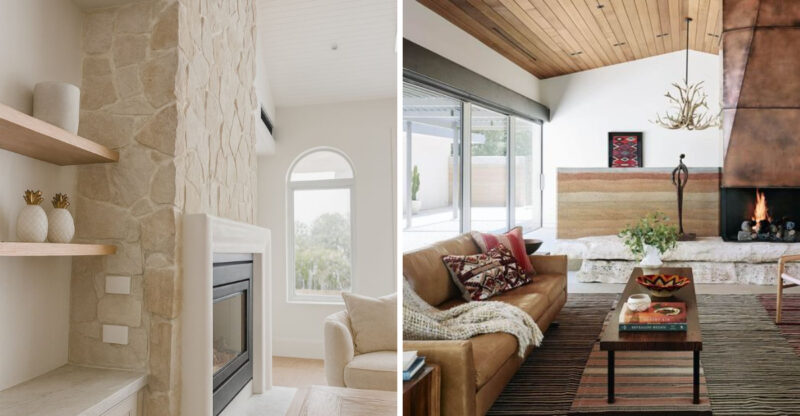11 Game-Changing Decorating Tips From Our Editors’ Favorites
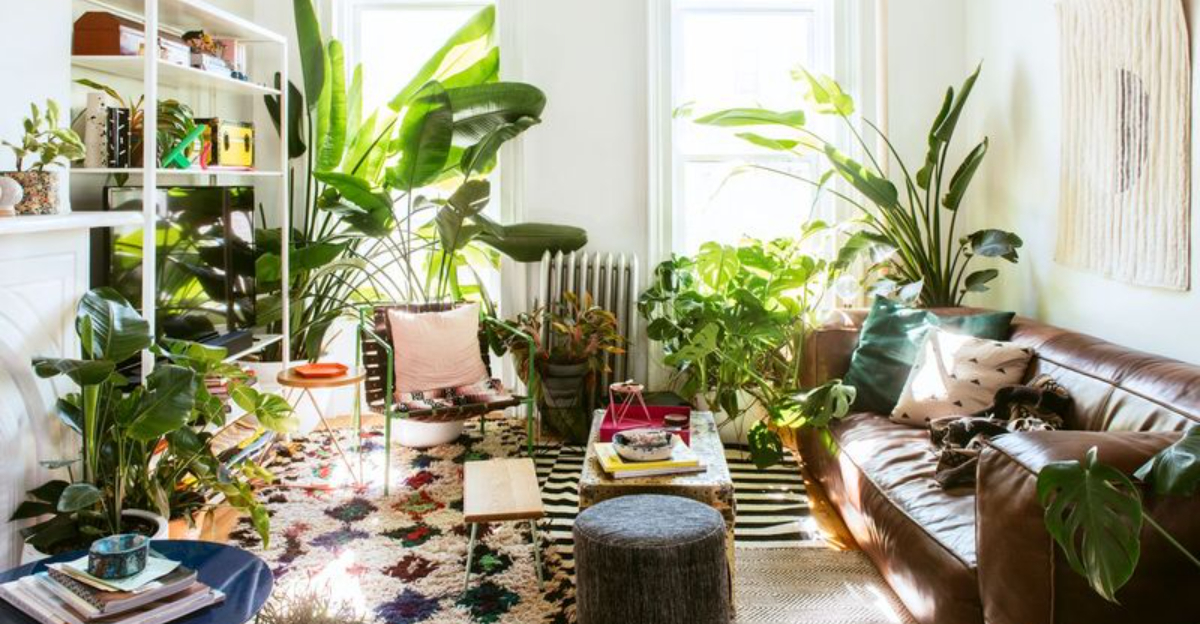
Home decorating can transform any space from dull to delightful with just a few smart changes.
Our editors have gathered their most impactful decorating secrets that make a huge difference without requiring professional help.
These tried-and-true techniques will help you create a more stylish, spacious, and personalized home that truly reflects your taste.
1. Hang Curtains High and Wide for Bigger Windows
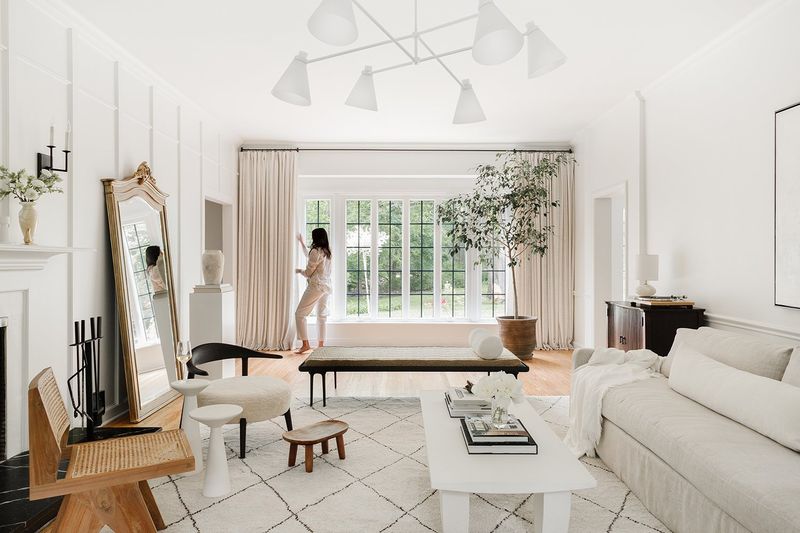
The secret to making any room feel taller and windows appear larger is hiding in plain sight – your curtain rod placement! Mounting curtain rods about 4-6 inches above window frames and extending them 8-12 inches beyond each side creates an optical illusion of grandeur.
This simple trick draws the eye upward, making ceilings seem higher while allowing more natural light to flood in when curtains are open. I’ve used this technique in my own apartment with dramatic results. Choose floor-length drapes that just kiss the ground for the most elegant look.
The fabric should hang straight without puddling or hovering awkwardly above the floor. Even the smallest rooms can feel more spacious and airy with this professional-level window treatment approach.
2. Layer Different Textures for Depth and Interest
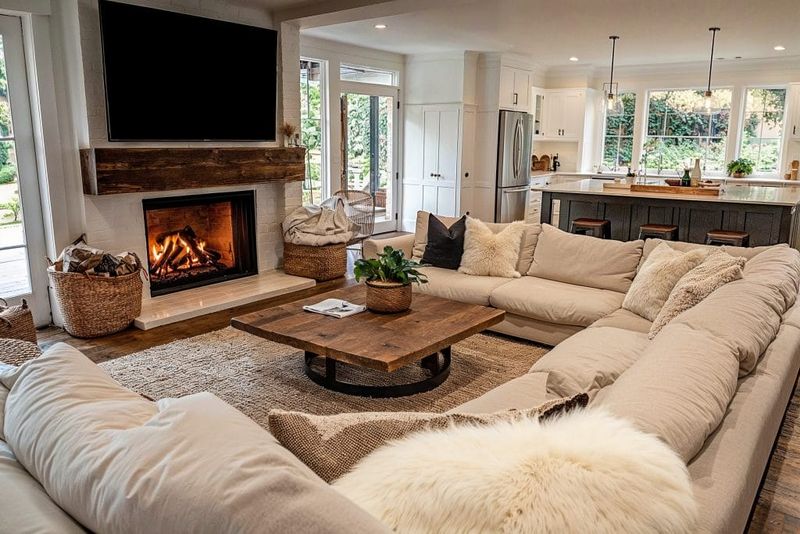
Rooms that feel flat often lack textural variety. Mixing different materials creates visual depth that instantly elevates your space beyond basic decorating. Try combining smooth surfaces like glass or polished wood with rougher elements such as woven baskets, nubby throws, or natural stone.
When I redesigned my living room, adding a chunky knit throw to my leather sofa completely transformed the feel. The contrast between soft and hard surfaces makes spaces feel thoughtfully designed rather than simply furnished.
Start small by introducing three distinct textures to any room perhaps velvet pillows on a linen sofa with a ceramic lamp nearby. This sensory approach to decorating engages not just eyes but fingertips too, making rooms feel more inviting and lived-in.
3. Use Large-Scale Art to Make a Statement

Forget those tiny gallery walls! One oversized piece of artwork commands attention and simplifies your decorating process. Large-scale art creates an instant focal point that anchors the entire room while expressing your personality in bold strokes.
I watched my sister struggle with dozens of small frames until she finally invested in one dramatic landscape painting. The transformation was immediate her living room suddenly had purpose and direction. Don’t worry about perfect sizing a piece that covers about two-thirds of your wall width creates the right impact.
Even large-format photography or framed textiles work beautifully. If budget concerns you, try stretching a favorite fabric over a canvas frame or enlarging a personal photo at a print shop for affordable impact.
4. Mix Metals for a Modern, Collected Look
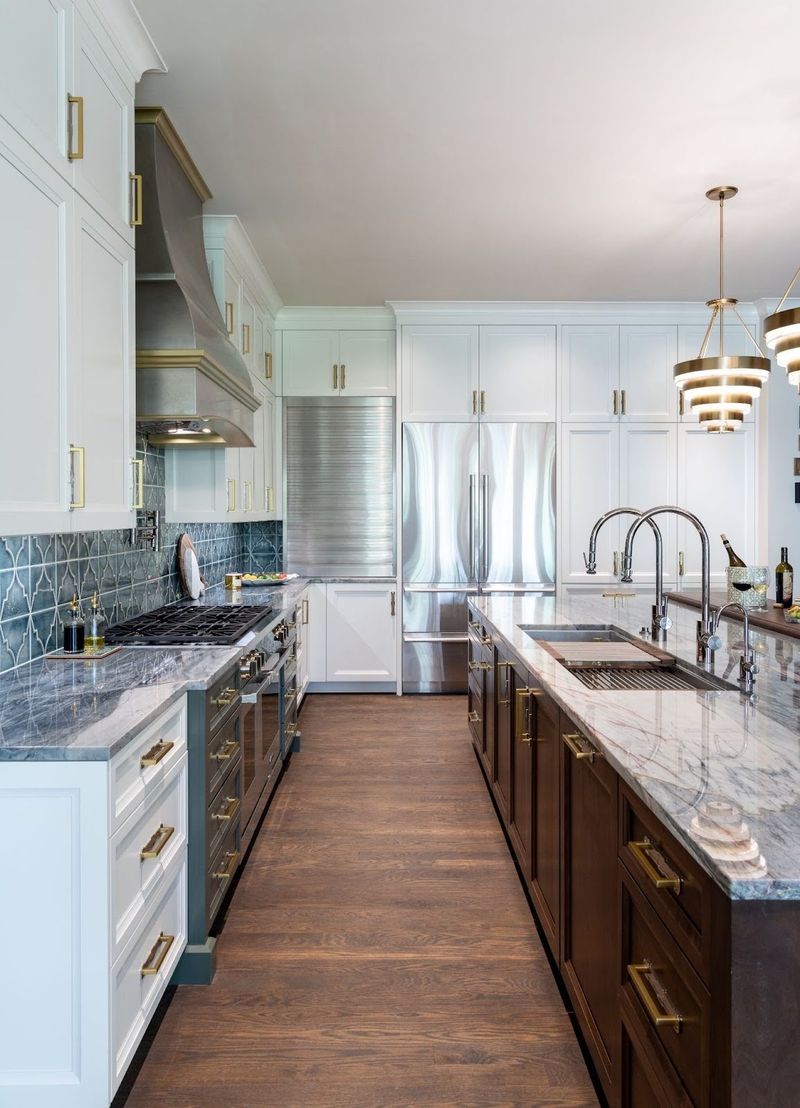
Matching every metal finish in your home creates a dated, showroom feel that lacks character. Intentionally mixing metals – perhaps brass lamps with chrome fixtures and matte black hardware – results in spaces that feel evolved over time rather than purchased all at once.
My kitchen transformation happened when I stopped trying to coordinate everything. The brushed nickel faucet works beautifully with brass cabinet pulls and stainless appliances because I treated each metal as a deliberate design choice. The key is balance and repetition.
Use at least two instances of each metal finish in a room so nothing looks accidental. Think of metals as neutrals that can happily coexist when you approach them with confidence. This collected approach gives rooms authentic character that perfectly matched finishes never achieve.
5. Add Mirrors to Reflect Light and Space
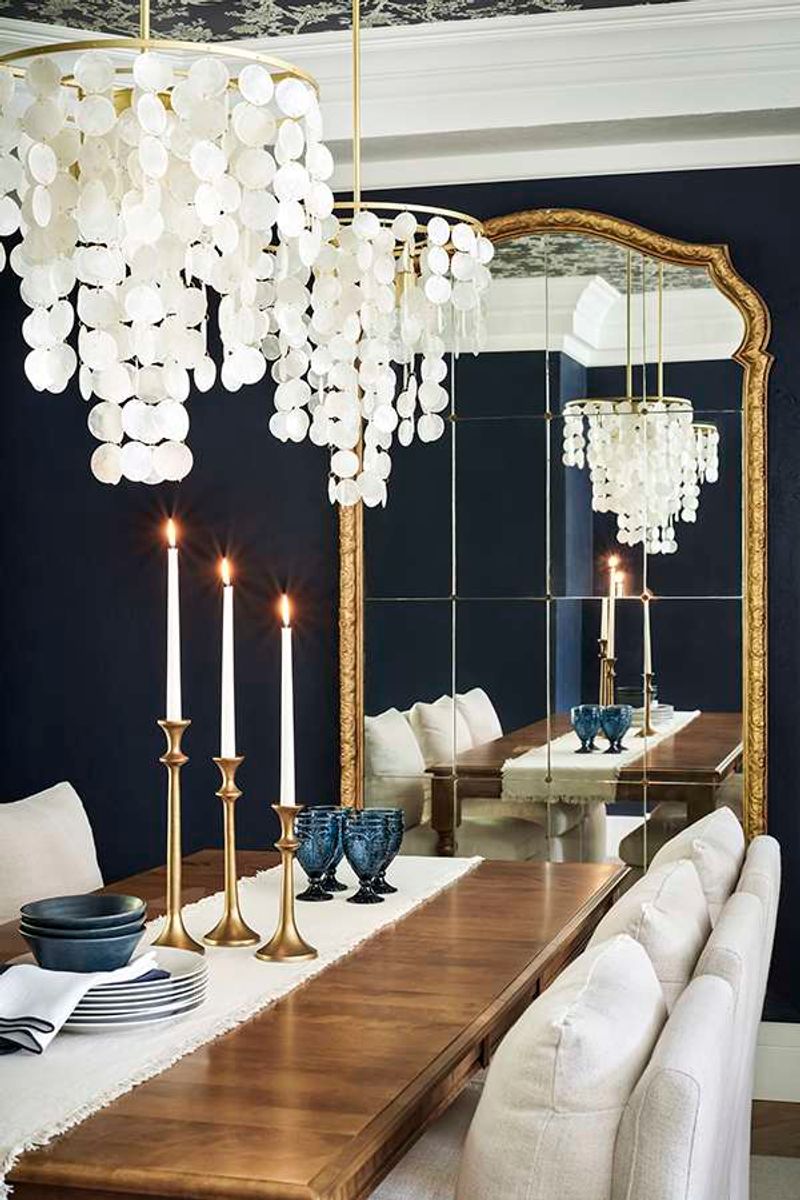
Strategic mirror placement might be the most magical decorating trick in my arsenal. Positioning mirrors to reflect windows doubles natural light while creating the illusion of additional square footage – essential for small or dark rooms. When I hung a large mirror opposite my dining room window, the space instantly felt twice as bright.
Beyond basic wall mirrors, consider mirrored furniture pieces, trays, or decorative objects that multiply light throughout the room. Antique mirrors with slight patina add character while still performing their space-enhancing duties.
For maximum impact, place mirrors where they’ll reflect something beautiful – a window view, artwork, or an interesting architectural element – rather than blank walls or cluttered areas. This thoughtful approach turns functional items into design powerhouses.
6. Float Furniture to Create Better Flow
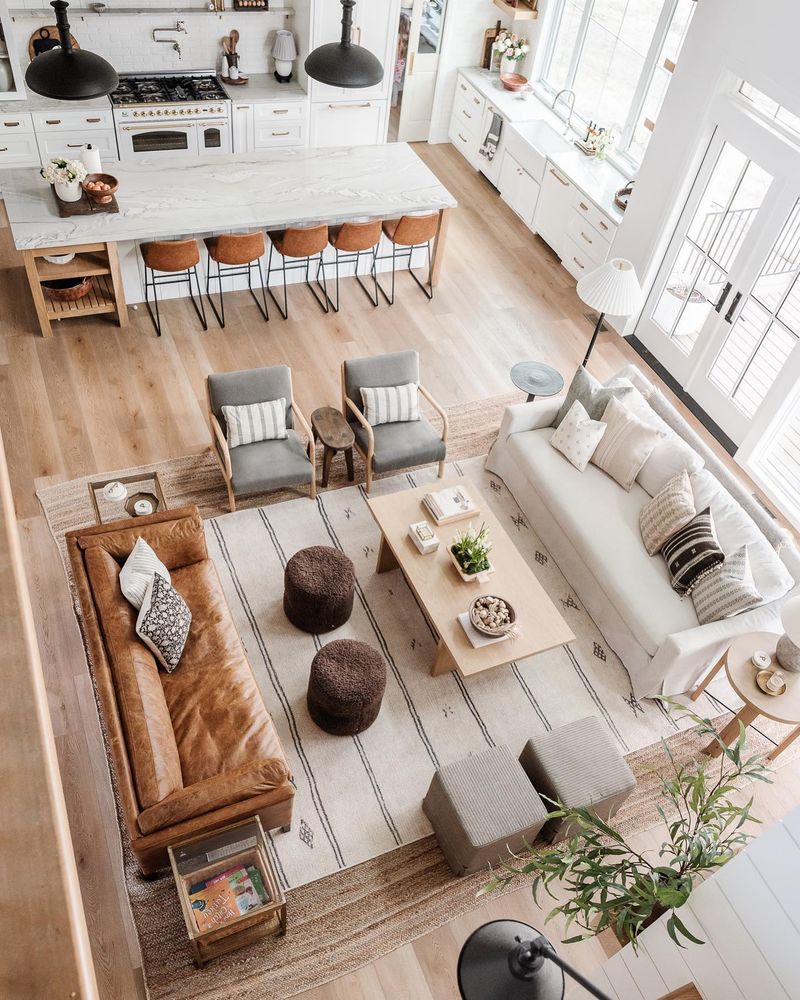
Pushing all furniture against walls creates an awkward dance floor effect that wastes space and feels unwelcoming. Try floating larger pieces away from walls to create conversation areas that actually encourage interaction.
My living room transformed when I pulled the sofa forward just 12 inches from the wall. This simple adjustment allowed for a slim console table behind it, creating a proper entryway and defining the seating area. Even in smaller spaces, floating just one piece perhaps angling a chair into the room rather than squaring it to the wall improves flow dramatically.
This approach defines functional zones within open floor plans while making rooms feel more intentionally designed. The breathing room around furniture pieces creates a more balanced, professional-looking arrangement that functions better for real life.
7. Incorporate Plants for Freshness and Color
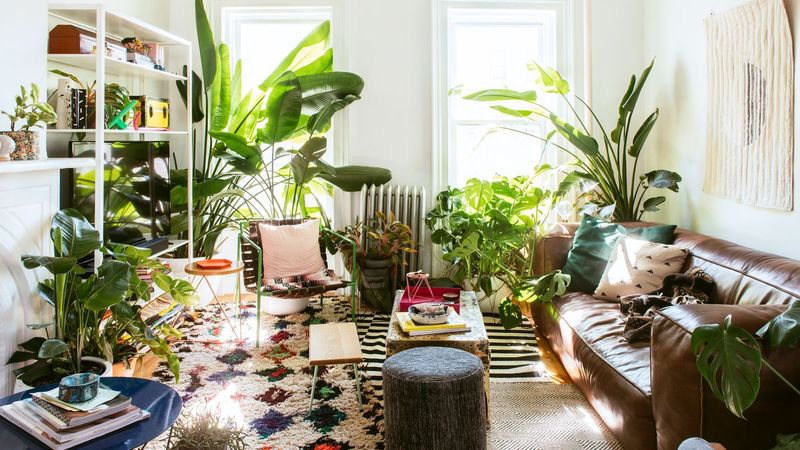
Living plants bring energy to spaces that perfectly arranged furniture alone can’t achieve. The organic shapes and natural green tones create visual relief from hard architectural lines while improving air quality and mood.
If you’ve killed every plant you’ve owned, start with nearly indestructible varieties like ZZ plants or snake plants that thrive on neglect. My own decorating breakthrough happened when I grouped three different-sized plants in my bedroom corner instead of trying to find the perfect furniture piece.
Beyond floor plants, try hanging varieties from ceiling hooks, placing small pots on bookshelves, or arranging herbs on kitchen windowsills. This layered approach to incorporating greenery creates a collected, vibrant feel. Plants introduce movement, texture and life to spaces that can otherwise feel static and predictable.
8. Keep Color Palettes Cohesive Across Rooms

Jarring color transitions between rooms create a choppy, disconnected feeling throughout your home. Creating a whole-house color story doesn’t mean painting everything beige it means thoughtfully connecting spaces through repeated color elements.
When I redesigned my home, I selected three main colors plus two accent shades that appear in varying amounts throughout different rooms. The living room might feature blue walls with yellow accents, while the adjacent dining room reverses this with yellow walls and blue accessories. This approach allows each room to have its own personality while maintaining visual flow.
Choose colors from the same temperature family (all warm or all cool tones) for the most harmonious result. Open concept homes especially benefit from this cohesive approach, as the eye travels smoothly from space to space without jarring transitions.
9. Style Coffee Tables with Books and Objects
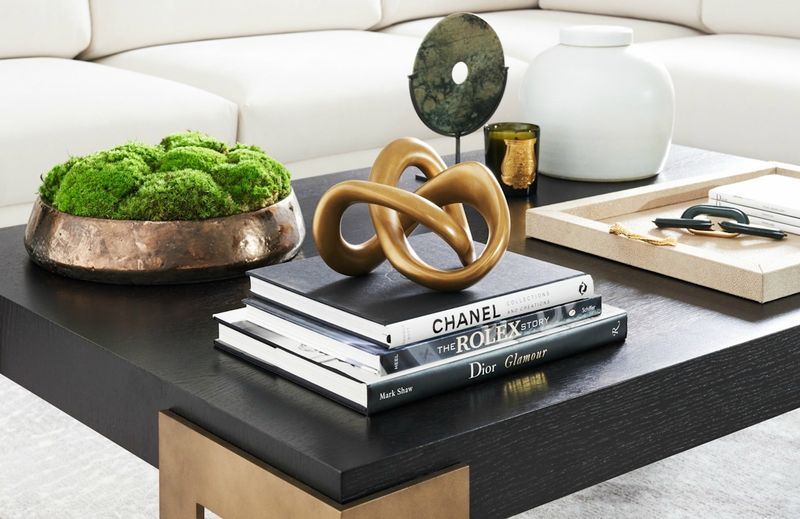
Empty coffee tables make rooms feel unfinished and unlived-in. Creating thoughtful arrangements using books, decorative objects, and something living transforms these surfaces into personal style statements. Did you know professional stylists follow the “rule of three” when arranging tabletops?
I’ve found success grouping items of varying heights perhaps art books stacked flat, a medium-height candle, and a small plant or flower arrangement. The most inviting tables include something personal that sparks conversation perhaps a vintage object you collected while traveling or an unusual natural element like a geode or driftwood piece.
Avoid perfectly symmetrical arrangements that feel static. Instead, create balanced asymmetry by placing taller items toward the back and leaving some negative space for practical use. This approach makes rooms feel thoughtfully curated rather than sterile.
10. Swap Out Light Fixtures for Instant Updates

Builder-grade lighting fixtures are the fastest way to date your home. Replacing generic overhead lights with distinctive fixtures creates immediate impact while expressing personal style – often for less than you’d spend on new furniture.
My dining room underwent a complete transformation when I replaced the basic chandelier with an oversized rattan pendant. The new fixture became the room’s focal point, defining the space without requiring any other changes. Even renters can participate by installing plug-in sconces or pendant lights that don’t require permanent wiring.
Look beyond traditional ceiling fixtures to wall sconces, table lamps, and floor lamps that create layered lighting at different heights. This multi-level approach not only improves functionality but creates a more sophisticated atmosphere than harsh overhead lighting alone.
11. Edit and Declutter for a Clean, Stylish Feel
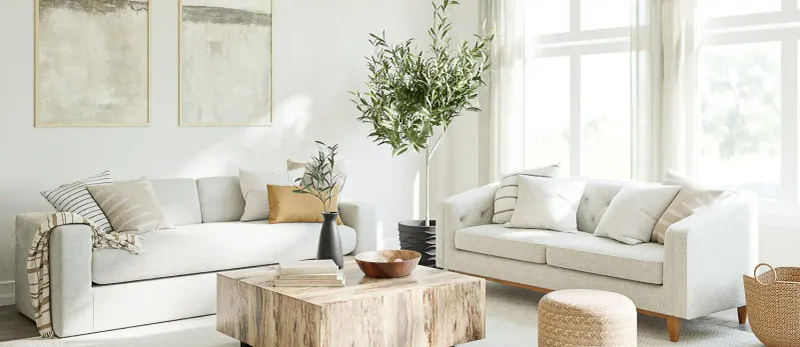
Overcrowded spaces never feel intentionally designed, no matter how expensive the furnishings. Learning to edit ruthlessly – removing items that don’t serve function or bring joy – creates room for your favorite pieces to shine. When helping my friend redesign her cluttered living room, we removed nearly half her accessories.
The remaining items suddenly looked purposeful and special rather than lost in visual noise. Try the designer trick of removing everything from a surface, then returning only items that truly earn their place through beauty or function.
Rotating seasonal decorative objects keeps spaces feeling fresh without accumulating more stuff. Remember that negative space areas intentionally left empty creates visual breathing room that makes everything else look more considered. This disciplined approach elevates even budget-friendly spaces to designer quality.

